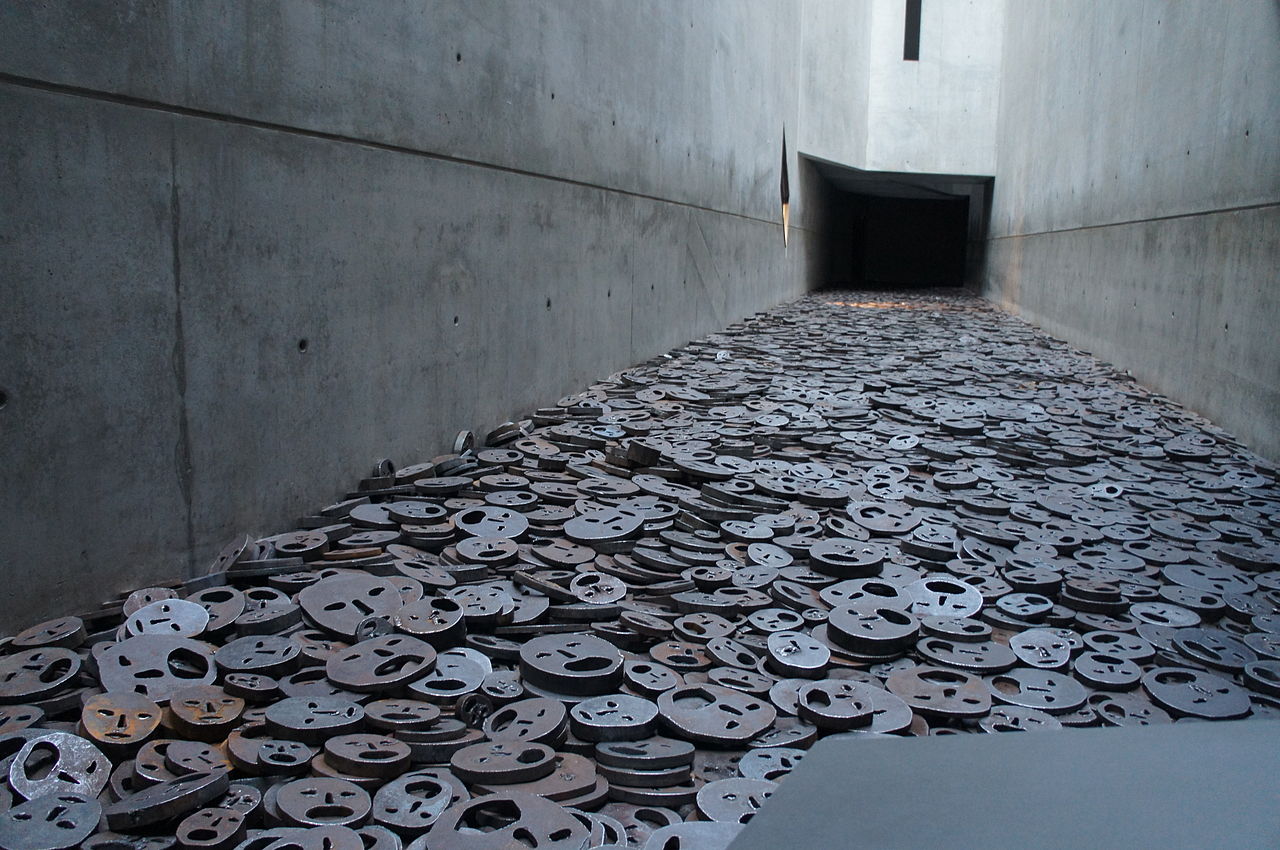Berlin is big on museums, with hundreds dotted around the city. The city’s turbulent history is the focus of some of them, while others cover topics from around the world. There’s enough for weeks museum exploration, but when you are short of time go be sure to choose one (or more) of these.
Pergamon Museum

Pergamon Altar at the Pergamon Museum (c) wikimedia/Lestat (Jan Mehlich)
The Pergamon is one of the five museums that make up Museum Island, and is the most visited museum in Germany. It has relics and artefacts from around the ancient world, including parts of ancient cities that have been dug up and taken over to Berlin. The Pergamon Altar, which gives the museum its name, is probably the most famous artefact on show is an enormous 2,200-year old stone altar, with a detailed frieze depicting a battle between giants and gods. The Ishtar Gate from ancient Babylon is also fascinating to see, as are the Mshatta Facade from today’s Jordan. The Pergamon also houses the Islamic Art Museum, as well as many smaller collections of ancient artefacts.
Entry: 19 euros (18 euro gets you in to all the museums on Museum Island). Concession 9 euros. Free for children under 18. 10am – 6pm, closed on Mondays. Included with Berlin Pass.
Topography of Terror

The Topography of Terror, with the Berlin Wall in the background (c) wikimedia/Ktr101
Germany is fairly open about confronting its difficult past, and the Topography of Terror Museum, housed in a former Gestapo HQ, tries to put that past into words and exhibitions. The museum covers the period from the rise of the Nazi party in 1933, to the end of World War II and the division of Berlin. The exhibitions combine personal stories with Nazi propaganda and descriptions of their crimes. The museum also holds the longest remaining part of the Berlin Wall, and describes life in the city during that time. The museum isn’t pleasant, and isn’t meant to be: it shows the darkest parts of Berlin’s history, so that they won’t be forgotten.
Entry: The museum is free, and open from 10am to 10pm. Closed December 24th, 31st and January 1st.
Jewish Museum

Shalechet (Fallen Leaves) at the Jewish Museum (c) wikimedia/Superchilum
Berlin’s Jewish Museum tells the story of 2,000 years of Jewish life in Germany. It focuses on the complex relationship between Jews and Germans over the centuries. The extensive exhibitions describe the pogroms, discrimination and expulsions, as well as Jewish involvement in the wider community and the German-Jewish Enlightenment movement, which started in Berlin and left its mark on Judaism ever since. The museum’s jagged modernist design gives a sense of discord and disorientation, with three underground tunnels, or ‘axes’, guiding visitors through different exhibitions, and an inaccessible void in between them. Menashe Kaddishman’s installation, ‘Falling Leaves’, is dedicated to all victims of war and violence.
Entry: 7 Euro. 10am - 8pm (until 10pm on Monday). Included with Berlin Pass.
DDR Museum

DDR Museum – living room (c) wikimedia/FA2010
We often picture the Berlin Wall from the west, with the iconic images of Western leaders and artists speaking out against it, and its eventual fall in 1989. The DDR Museum is an interactive museum dedicated to recreating life in communist East Germany. For local children and visitors from the West, it’s a fascinating insight into the day-to-day life in East Berlin: queuing for food, spying on neighbors, prisoner interrogations and communist propaganda. A visit to the museum is a nice peek into the past, and raises as many questions as it answers.
Entry: 9.80 euros. Concessions 6 euros. Open daily, 10am – 8pm
Bauhaus Museum

Bauhaus Archives (c) wikimedia/Jean-Pierre Dalbéra
Architecture museums aren’t always on ‘top 5’ lists, but the Bauhaus movement has a unique story, which includes and goes beyond its effect on today’s architecture designs around the world. The archives chronicle the development of the movement, led by Walter Gropius, through the 1920s and 1930s, including the expulsion of several Jewish architects by the Nazis, and their influence on modernist design in every country they found refuge in. The museum shows Bauhaus’s attempt to be a ‘total’ artistic philosophy, encompassing everything from industrial design to typography. Currently, the museum’s collection is much larger than the exhibition space, and only 35% of the collection is on display. Nonetheless, a visit to the museum is informative and enjoyable.
Entry: 6-7 Euro. The museum is closed due to construction work but will re-open in a new buidling. For now it has moved to a temporary home. Included with Berlin Pass.

